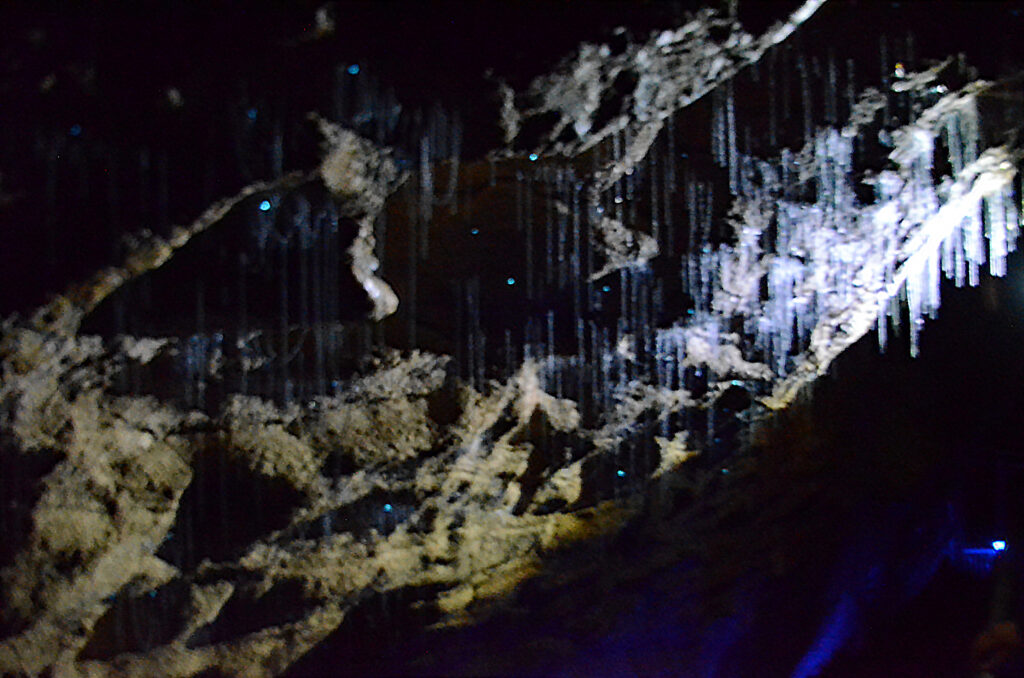Imagine standing on a sunny beach, feeling the sand between your toes, and knowing that beneath you—far below the waves—might lie the ruins of ancient cities lost to time. It’s a thought that sends a shiver down your spine: what if the true cradle of civilization, the places where our ancestors first gathered, traded, and built their homes, are now hidden under the surging sea? The ocean is a master of secrets, and for thousands of years, it has quietly swallowed entire landscapes, erasing stories before we even learned to read them. As our planet warms and sea levels continue to rise, the truth of our origins might be vanishing with every incoming tide.
The Ocean as a Time Capsule
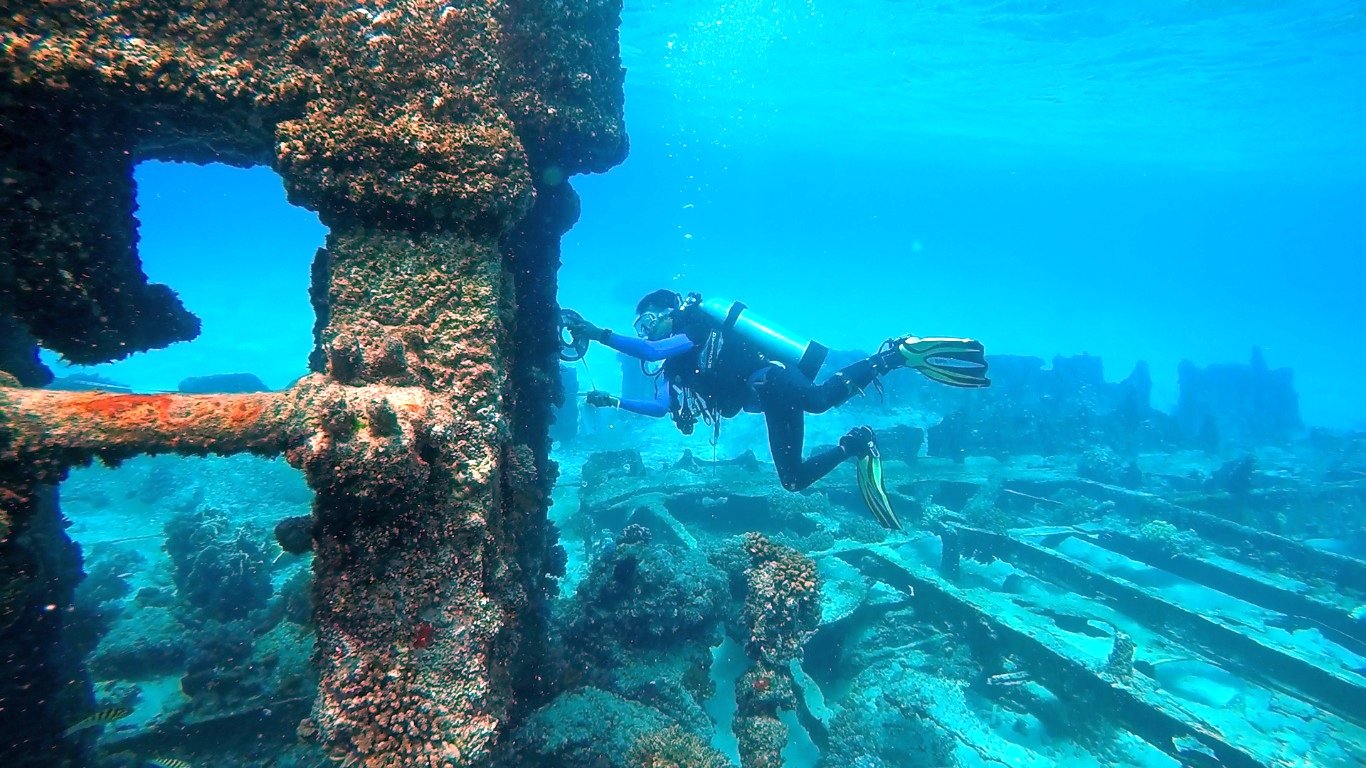
The ocean floor is more than a graveyard for shipwrecks and lost treasures. It’s a sprawling, hidden archive of human history. Long before the world’s coastlines looked as they do today, massive swaths of dry land connected continents and offered prime real estate for ancient humans. As glaciers melted and seas rose, these once-bustling landscapes disappeared beneath the waves, preserving the remains of settlements, tools, and even art. In a way, the ocean acts like a giant safe, but over time, the combination of water pressure, salt, and sand has slowly started to erase the evidence locked within.
How Ice Ages Shaped Our World
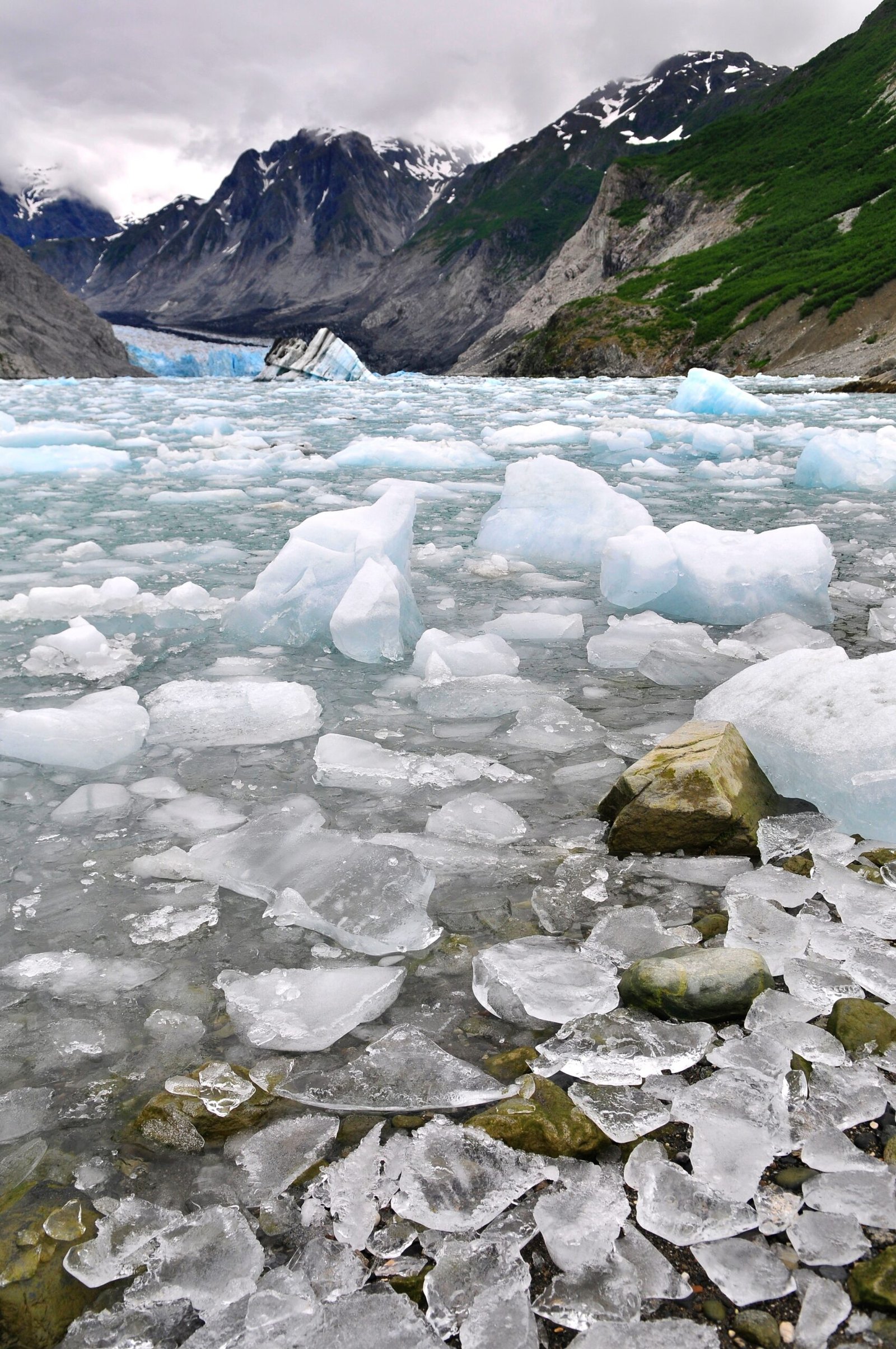
During the last Ice Age, much of the Earth’s water was frozen in thick glaciers, causing sea levels to drop by up to 120 meters. This meant that what we now call the continental shelf—the shallow seabed stretching away from most coastlines—was dry land. Imagine walking from England to France or from Siberia to Alaska without ever touching a boat. These submerged plains were home to prehistoric peoples who hunted, gathered, and perhaps even built the world’s first villages. When the ice melted some 12,000 years ago, the ocean reclaimed these lands, erasing entire chapters of human prehistory.
Lost Cities and Sunken Civilizations
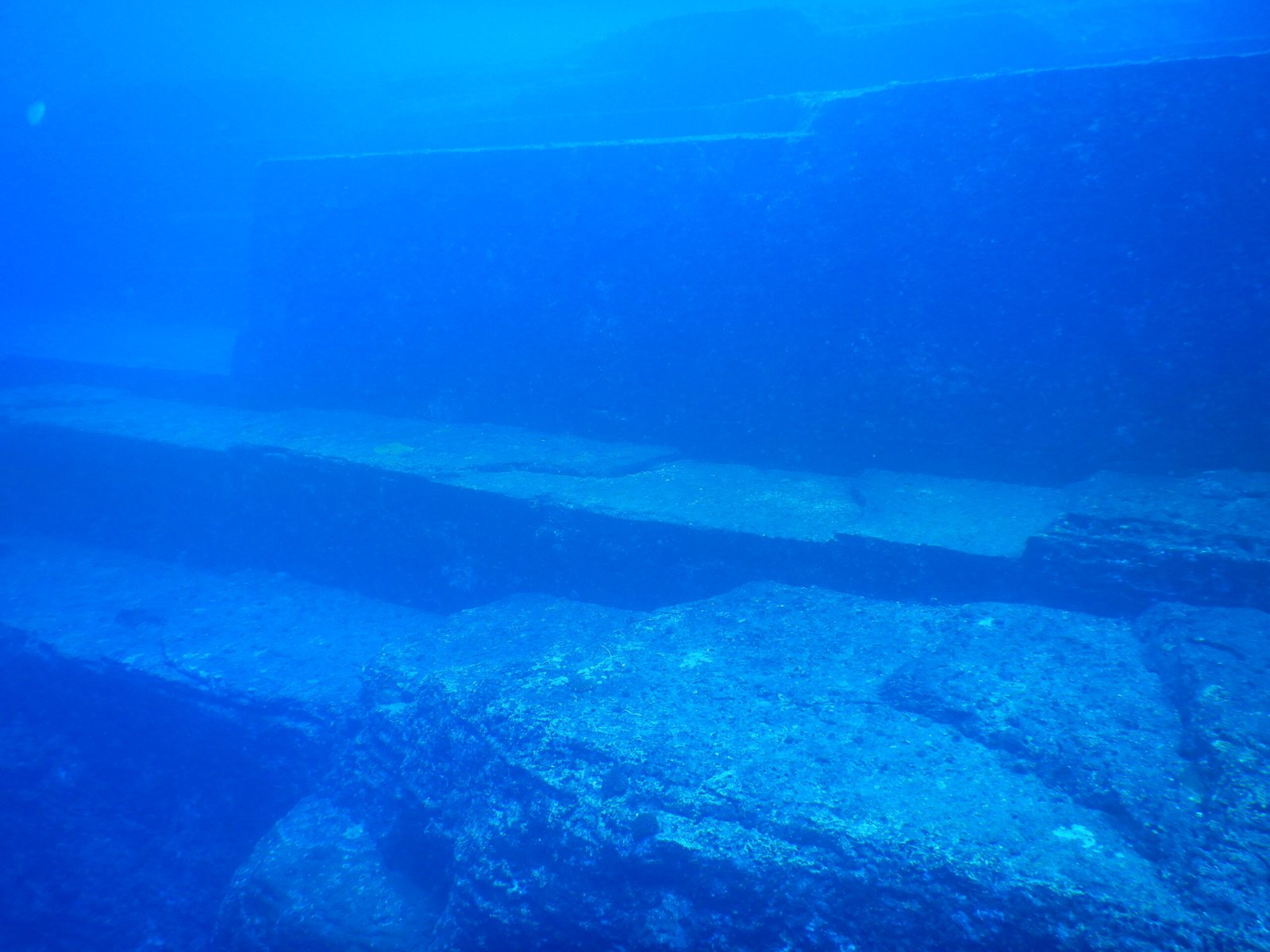
Stories of lost cities like Atlantis have fascinated generations, but the truth is even stranger. Real places such as Doggerland in the North Sea, Yonaguni off Japan, and the sunken settlements off the coasts of India and Greece tell us that ancient communities once thrived in areas now covered by water. Archaeologists have found stone tools, hearths, and remnants of buildings, proving that these were not just legends. Each new discovery underwater hints at a world far older and richer than we thought, challenging everything we know about where and how civilization began.
Doggerland: The Atlantis of the North
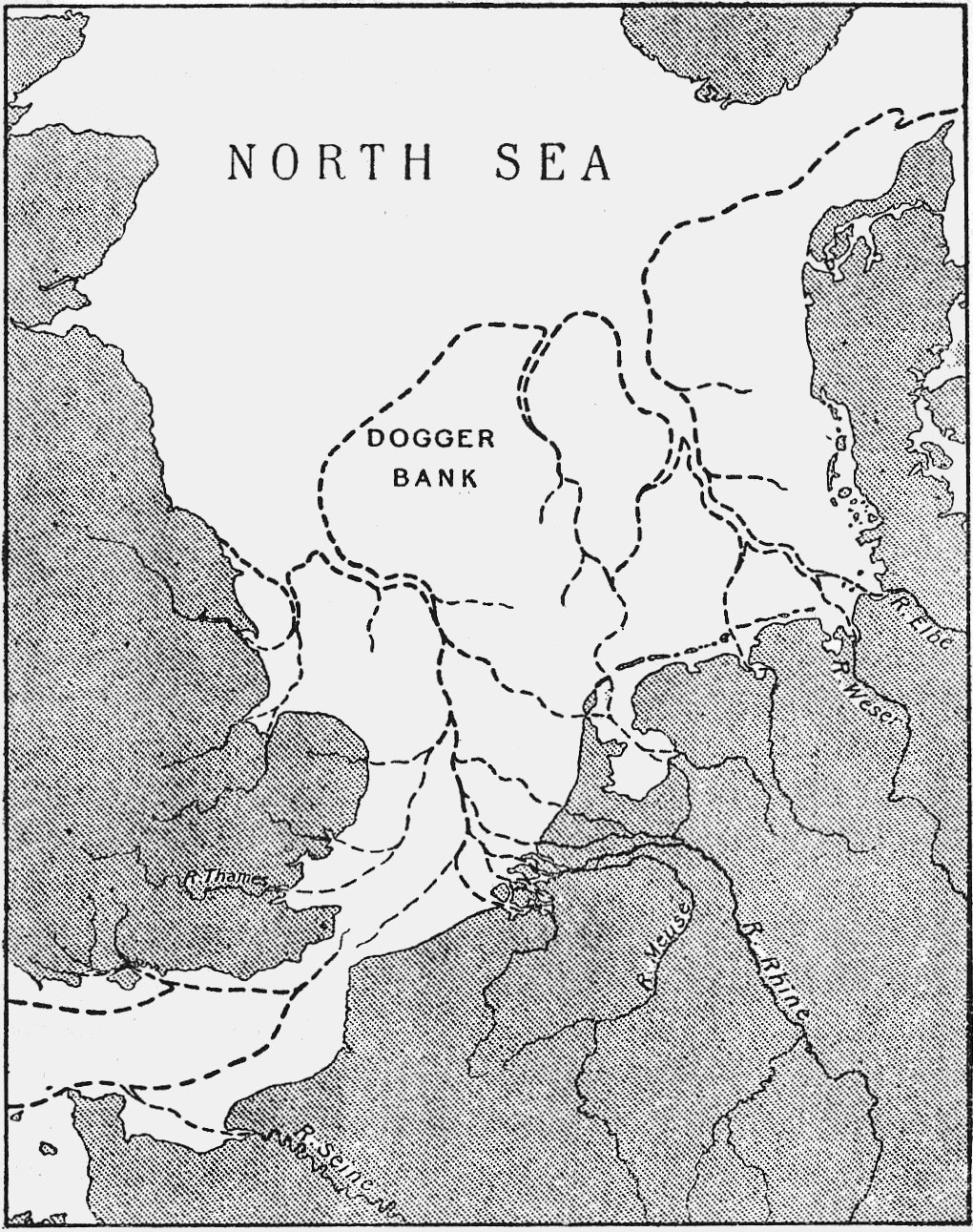
Doggerland is one of the most evocative examples of a lost world. Stretching between Britain and mainland Europe, this vast land bridge was once covered with forests, rivers, and wetlands. People lived here for thousands of years, hunting mammoths and building communities. As the seas rose, Doggerland slowly drowned, leaving only tantalizing clues in the mud—like ancient harpoons, bones, and even footprints. Some scientists call Doggerland the “Atlantis of the North,” and their excavations are revealing a forgotten landscape that challenges our ideas about Europe’s first inhabitants.
The Mystery of Yonaguni
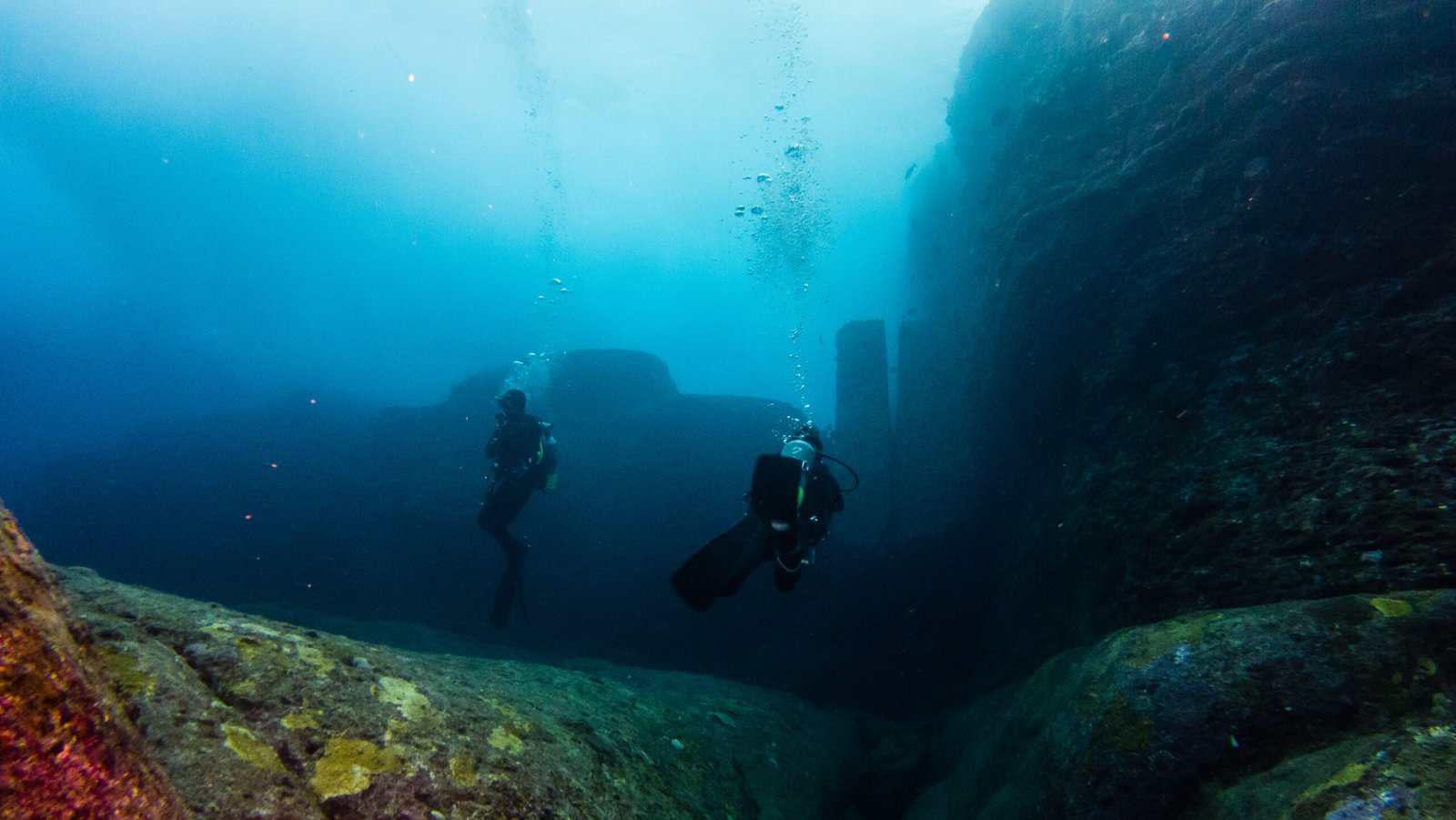
Off the coast of Japan, divers have discovered what looks like a massive underwater complex: the Yonaguni Monument. Giant stone terraces, steps, and flat platforms sit 25 meters below the surface. Some believe this is evidence of an ancient city lost to the sea, while others argue it’s a natural formation shaped by earthquakes and waves. The debate is fierce, but there’s no denying the sense of wonder that Yonaguni inspires. Whether built by humans or not, it raises profound questions about how many other mysteries may lie undiscovered in the deep.
India’s Submerged Temples and Cities
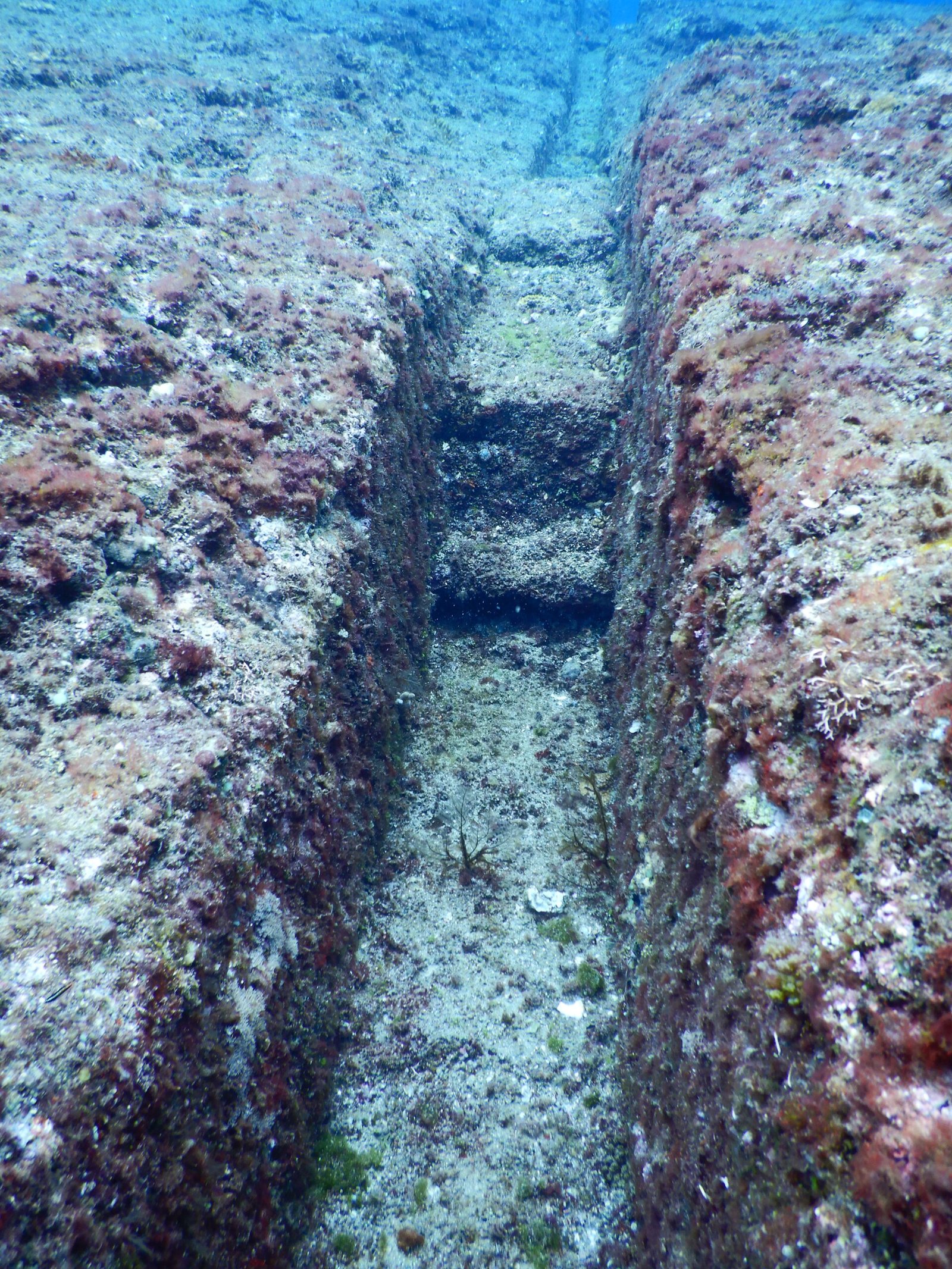
Along India’s coastline, legends speak of cities swallowed by the sea. Recent underwater archaeology has uncovered the remains of ancient structures off the coast of Tamil Nadu and Gujarat, including what some believe to be a lost city near Dwarka. Columns, walls, and carved stones suggest a thriving civilization that existed thousands of years ago, perhaps even before the earliest known cities on land. These discoveries are rewriting the history of South Asia and offer a tantalizing glimpse into a world that climate and time tried to erase.
How Rising Seas Changed Human Migration
As sea levels rose, ancient people were forced to move inland, abandoning their homes and adapting to new environments. Imagine being a child in a village slowly encroached by water, watching the shoreline creep closer every season. This relentless change may have driven the spread of new technologies, languages, and ideas as communities broke apart and re-formed elsewhere. In many ways, the rise of the seas was both a tragedy and a catalyst for human innovation, pushing our species to adapt in ways we’re only beginning to understand.
Archaeology’s Biggest Blind Spot
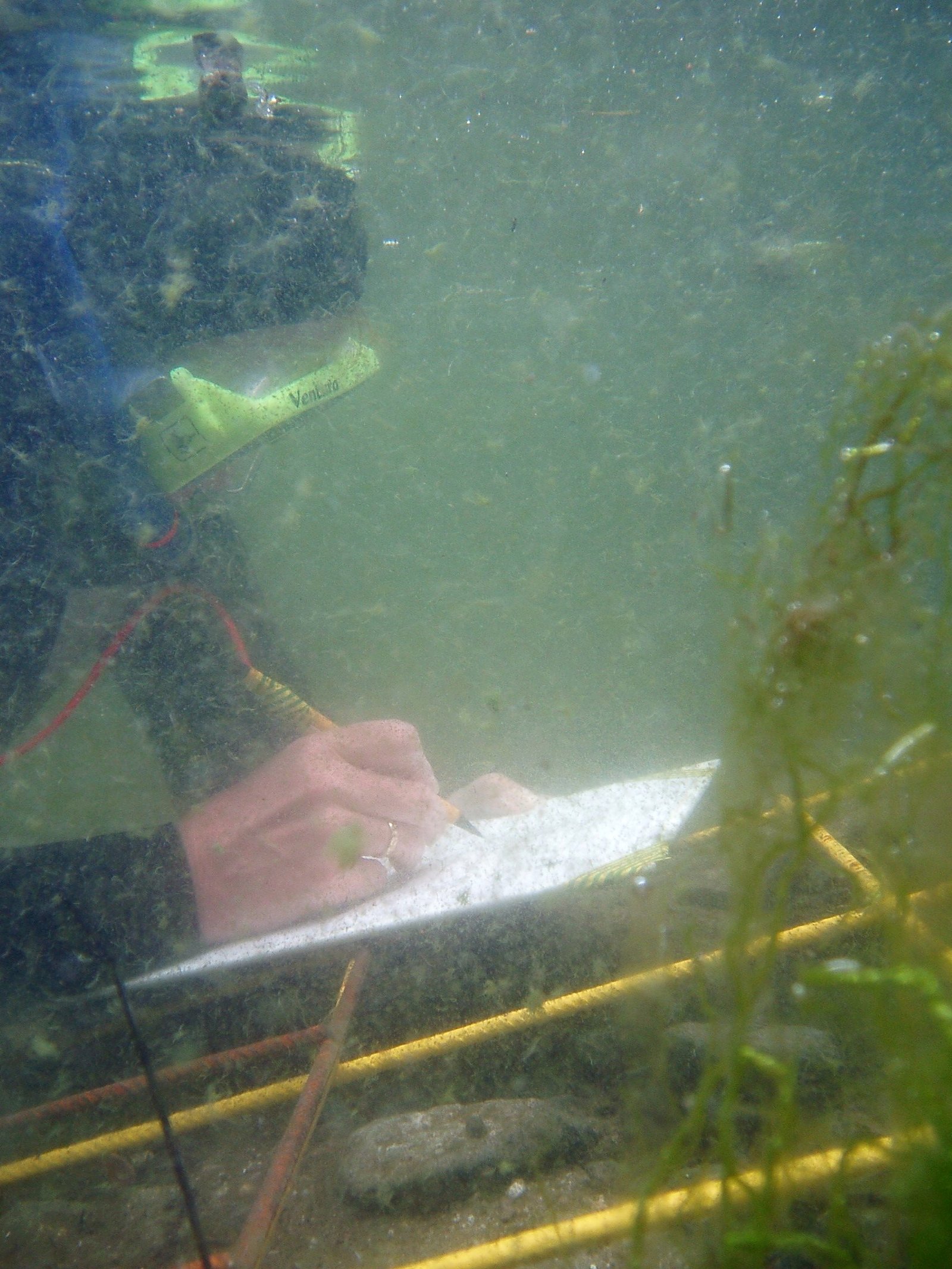
Most archaeological digs happen on dry land, simply because it’s easier and safer. But this land bias means we’re missing a huge part of our own story. Billions of artifacts and perhaps entire settlements could be hidden beneath the ocean, just out of reach. Underwater archaeology is expensive, difficult, and slow, but each new dive brings the possibility of world-changing discoveries. Some researchers believe we’ve barely scratched the surface of what lies beneath, and that our current understanding of prehistory is just the tip of the iceberg.
The Science of Submerged Landscapes

Scientists are using cutting-edge technology to map the ocean floor and search for signs of ancient human activity. Tools like sonar, underwater drones, and remote-operated vehicles are revealing buried riverbeds, ancient coastlines, and even long-vanished forests. These advances are helping archaeologists pinpoint where to look for the remains of lost settlements. As our tools improve, we’re getting closer to uncovering the secrets that have been hidden for thousands of years, lying silently in the darkness below the waves.
Climate Change: A New Threat to Old Secrets
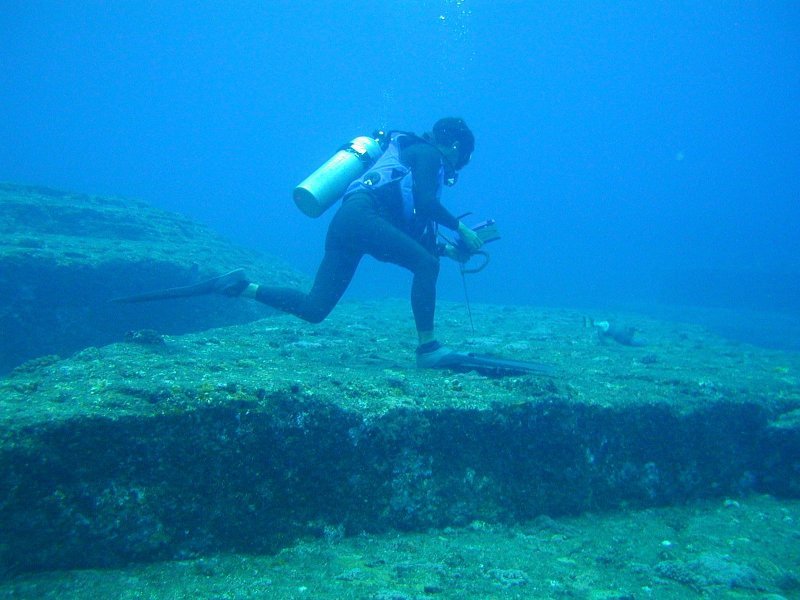
Ironically, the same rising seas that once hid our earliest cities are now threatening to erase the evidence forever. Climate change is causing the ocean to warm and rise even faster, increasing coastal erosion and changing underwater currents. Ancient sites that have been undisturbed for millennia are now at risk of being destroyed before we have a chance to study them. The race is on for archaeologists to document and preserve as much as they can, before the ocean’s relentless advance sweeps away the last traces of our forgotten past.
Stories Written in Mud and Sand
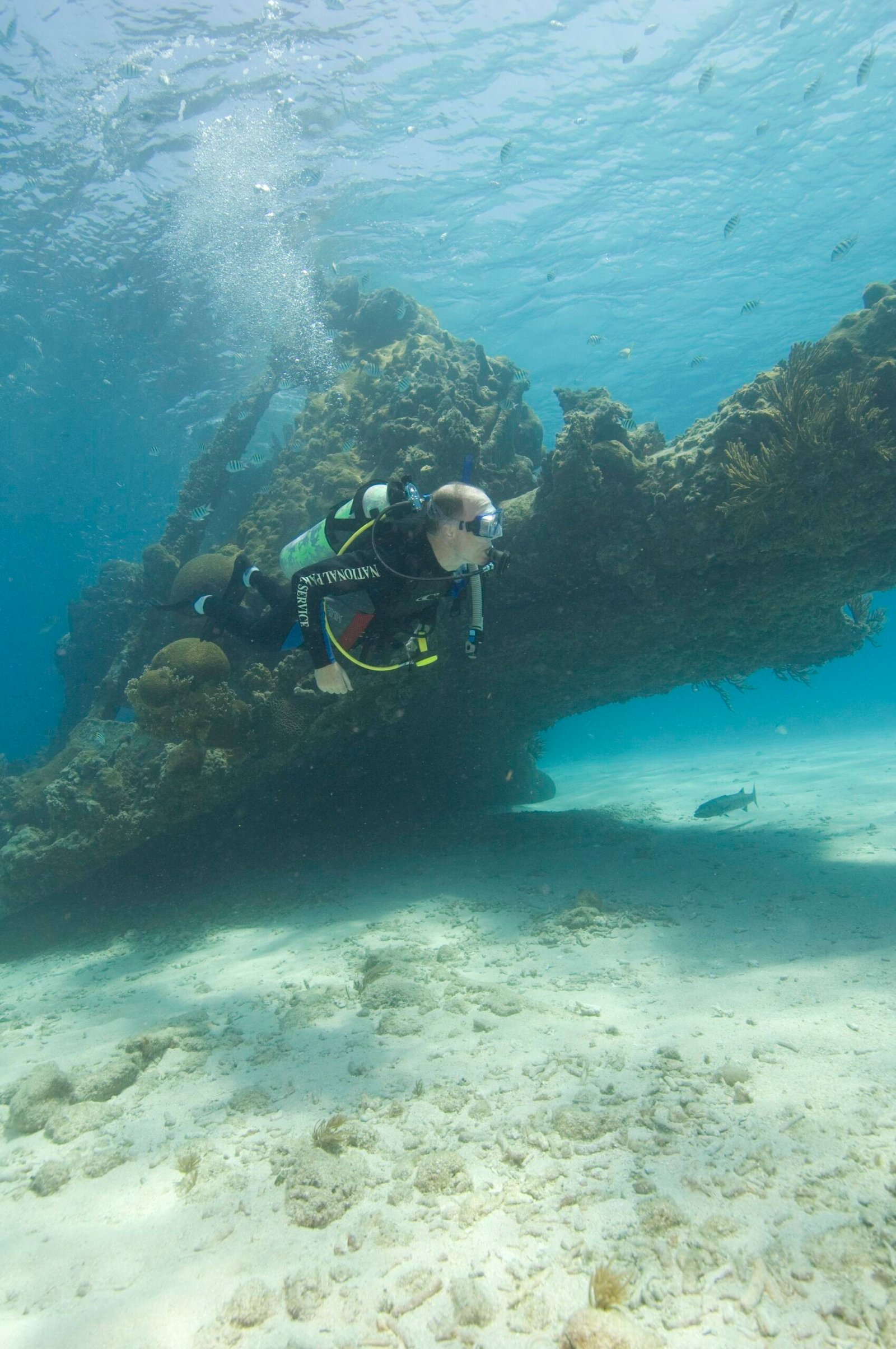
Every artifact found in the ocean tells a story, but the process of discovery is painstaking. Underwater archaeologists often work in murky conditions, feeling their way along the seabed and carefully brushing away silt. Sometimes, a single pottery shard or stone tool can open a window into a lost world. These discoveries remind us that history is fragile, and that the stories of entire peoples can be reduced to a handful of objects buried in the mud. The ocean preserves and destroys in equal measure, making each find all the more precious.
What DNA Can Tell Us About Sunken Worlds
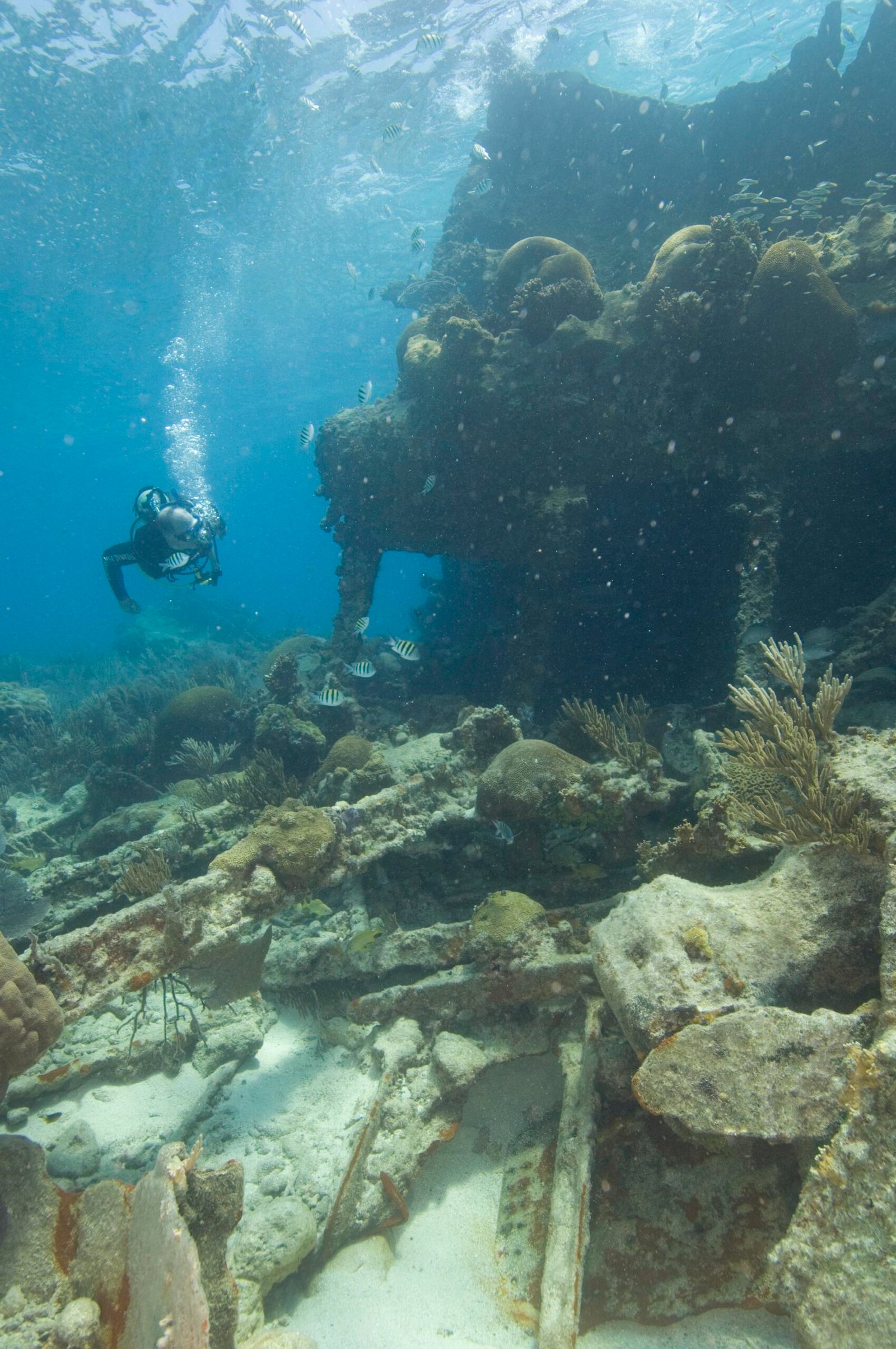
Surprisingly, the story of our submerged prehistory isn’t just about stones and bones. Scientists are extracting ancient DNA from sediments on the seafloor, revealing what plants, animals, and even humans once lived in these drowned landscapes. This genetic time travel is helping us piece together the ecology of lost worlds, showing that these places were rich, diverse, and full of life. Each new DNA sequence adds another brushstroke to the picture of our hidden heritage, offering clues that no artifact could provide on its own.
How Legends Echo Sunken Truths
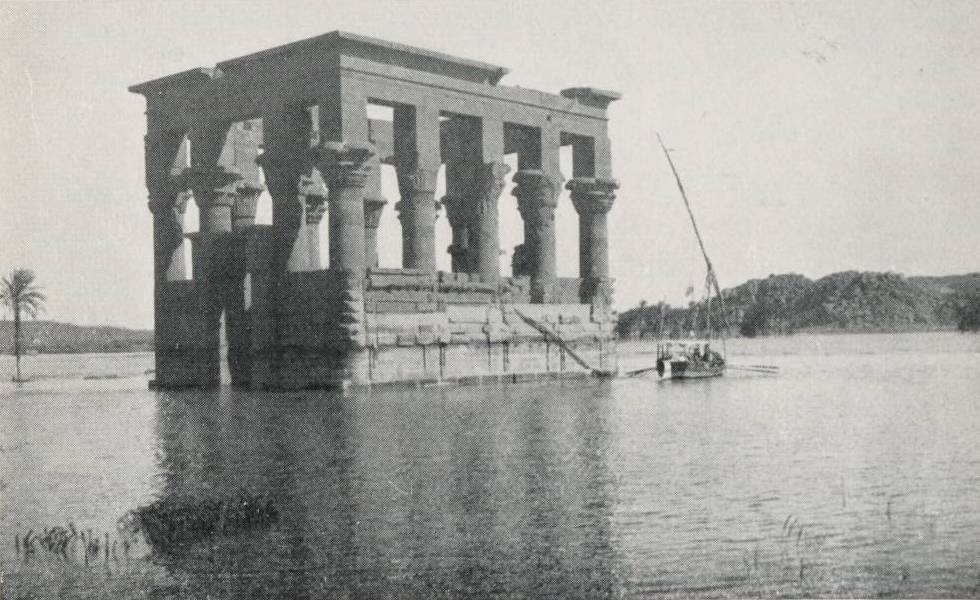
Many cultures have stories of great floods and lost lands, from the biblical deluge to the Aboriginal tales of drowned coastlines in Australia. For years, these were dismissed as mere myths. Now, science suggests that these stories might be rooted in real events—ancient memories of rising seas and vanishing worlds. These legends are more than just fairy tales; they’re echoes of a collective trauma, passed down through generations as a warning and a record of what once was.
The Emotional Toll of a Vanished World
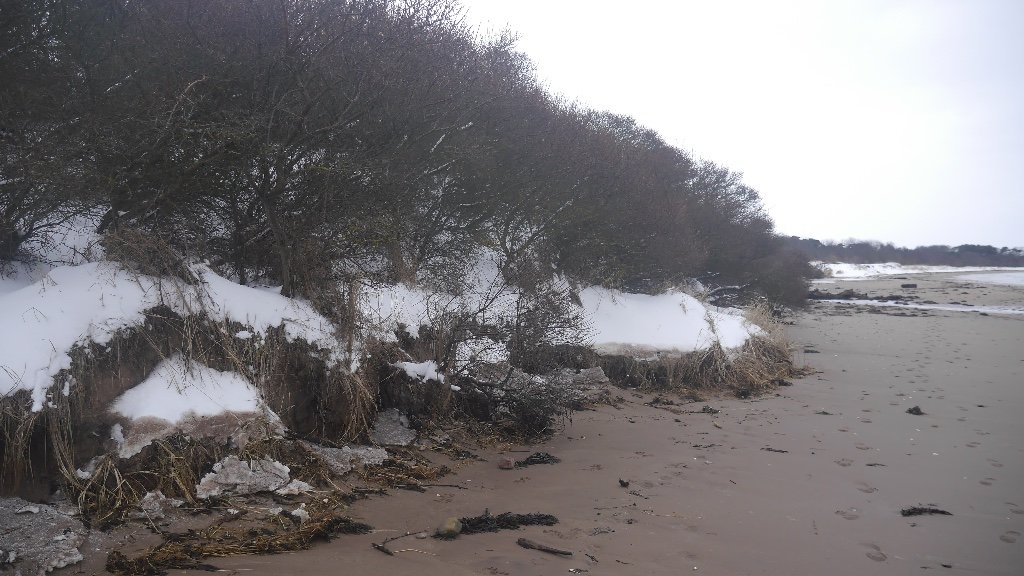
Imagine knowing that your ancestors’ homes, their graves, and their sacred sites are lost forever beneath the waves. For many coastal communities today, this history is deeply personal. The loss of land to the sea is both a physical and emotional wound, erasing not just places, but identities and memories. The ocean’s rise is a reminder of how vulnerable human civilizations are, and how easily we can lose the things we hold most dear. This sense of loss drives many to fight for the preservation of what little remains.
The Role of Technology in Underwater Discovery
Diving into the ocean to search for ancient cities once required bravery and luck. Now, technology is transforming the field. GPS mapping, satellite imagery, and even artificial intelligence are helping scientists zero in on promising sites. Autonomous underwater vehicles can scan vast areas quickly, while 3D reconstruction tools allow researchers to visualize what lost cities might have looked like. These innovations are making the impossible possible, and opening up entire new chapters of discovery.
Economic and Political Challenges of Ocean Archaeology
Exploring the ocean isn’t just a scientific challenge—it’s a logistical and financial one. Underwater archaeology costs millions, and often requires international cooperation. Who owns a sunken city? Who gets to decide what happens to the artifacts found there? These questions can create tension between countries and even spark legal battles. Despite these hurdles, the pursuit of knowledge continues, driven by a shared fascination with our hidden beginnings.
Modern Cities at Risk of Becoming the Next Atlantis
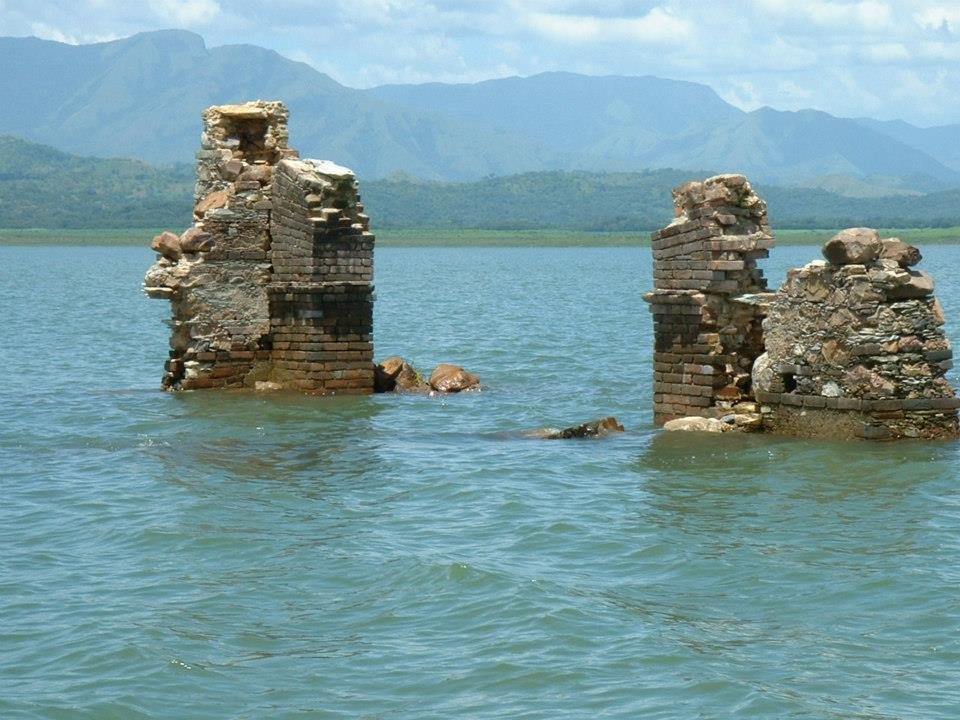
Today, cities like Miami, Jakarta, and Venice are facing the same threat that doomed ancient Doggerland or Dwarka: rising seas. It’s a sobering reminder that the forces which shaped our distant past are still at work. Urban planners and scientists are working frantically to defend vulnerable coastlines, but the ocean’s slow advance seems unstoppable. In a few centuries, our own monuments and skyscrapers could become the next generation’s sunken mysteries.
Why Underwater Heritage Matters
The stories of lost cities under the sea are more than historical curiosities—they’re lessons for the future. They remind us that climate change is nothing new, and that humans have always adapted to shifting environments. But they also warn us about the fragility of civilization, and the importance of preserving our past. Each new discovery beneath the waves is a piece of a puzzle that helps us understand who we are, where we come from, and where we might be headed.
What We Might Still Find
With so much of the ocean’s floor still unexplored, the possibilities are dizzying. Could there be entire civilizations waiting to be discovered, with art, language, and technology we never dreamed of? Every expedition is a leap into the unknown, a chance to rewrite history. The next great find could come from a fisherman’s net, a diver’s flashlight, or a sonar scan in a remote corner of the sea. The excitement of discovery is matched only by the sense of wonder at how much we still have to learn.
A Call to Curiosity and Action

Our earliest cities may be lost to the tides, but their stories are not beyond reach. The ocean’s secrets are waiting for those bold enough to seek them, and every new clue brings us closer to understanding our shared heritage. As we face a future of rising seas and shifting shores, the lessons of the past have never been more urgent. Will we protect what remains, or let it slip away forever?

